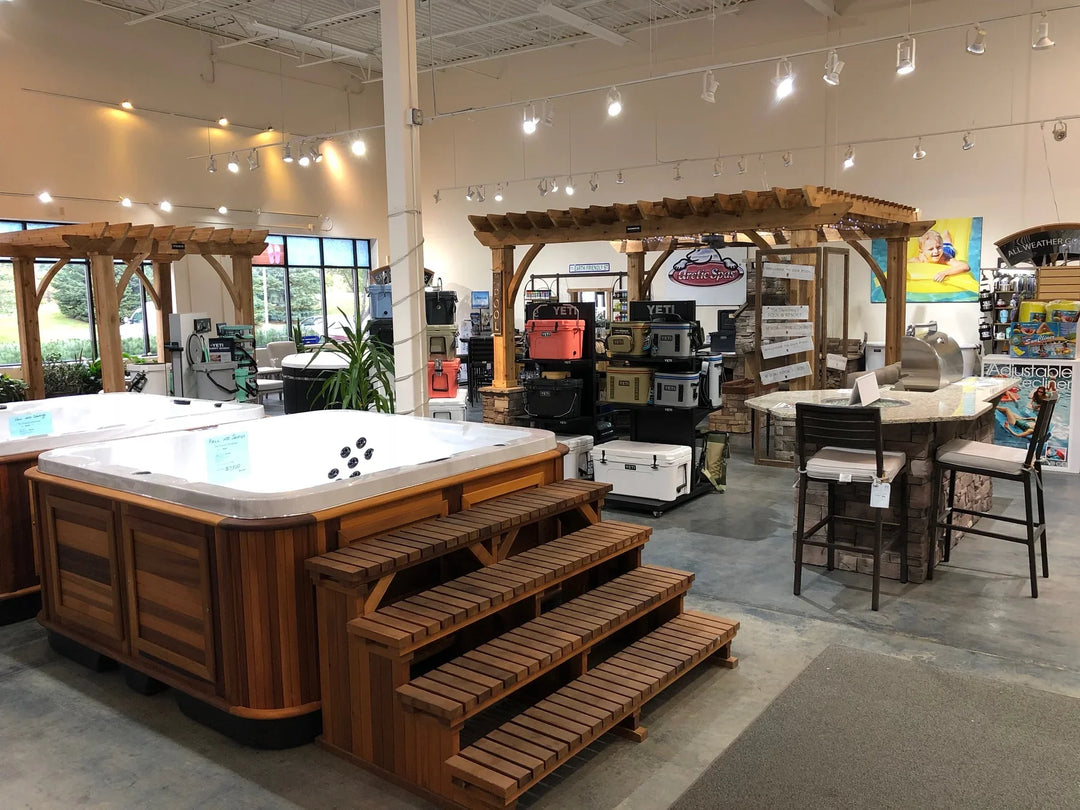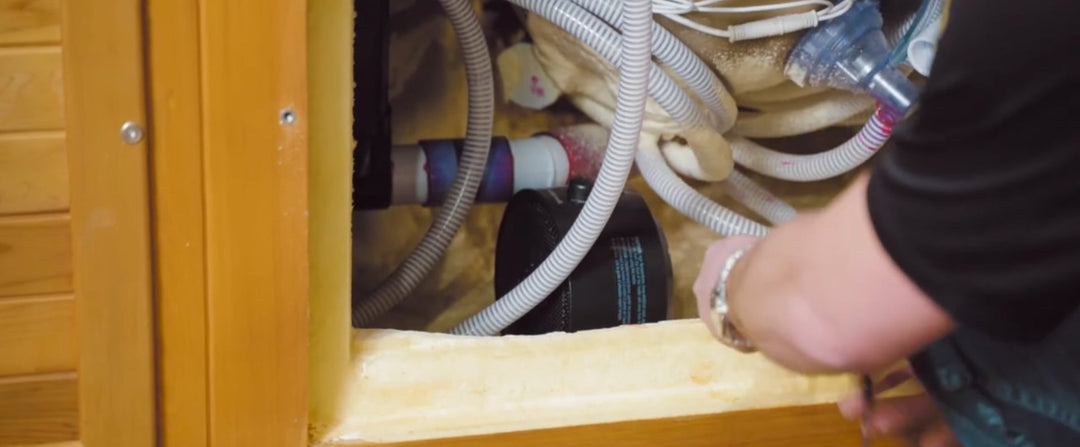💚 How to Get Rid of Algae in Your Swimming Pool
Whether you’re prepping for a party or battling green water all season long, algae can be frustrating — but don’t worry, we’ve got you covered.
🌱 What Is Pool Algae?
Algae are small, plant-like organisms that thrive in untreated or poorly circulated pool water. There are three main types of pool algae:
-
💚 Green Algae: Most common; floats or clings to walls and floors
-
💛 Yellow (Mustard) Algae: Grows in shady areas; can resemble sand or pollen
-
🖤 Black Algae: The toughest; rooted into the pool surface with a protective layer
🤔 Why Do I Have Algae?
Algae thrives when:
-
Your sanitizer (chlorine) levels are too low
-
Your water circulation is poor
-
There’s organic debris or warm, sunny conditions
Common trouble spots include:
-
Under ladders
-
Steps and crevices
-
Corners with low circulation
🧪 3 Proven Methods to Eliminate Pool Algae
Method #1: Superchlorination (Shocking the Pool)
The darker the green, the more algae you have — and the more shock you’ll need:
| Water Color | Shock Needed (per 10,000 gallons) |
|---|---|
| 💚 Light Green | 2 lbs (Double shock) |
| 💚 Dark Green | 3 lbs (Triple shock) |
| 🖤 Black-Green/Very Dark | 4 lbs (Quadruple shock) |
➡️ Always shock at night to prevent chlorine burn-off from sunlight.
➡️ NEVER add shock through the skimmer if you use an automatic chlorinator — this can create a dangerous reaction.
➡️ Vinyl pool owners: Pre-dissolve shock in a bucket to prevent liner bleaching.
Bring your water sample to Premier Pool & Spa. Our experts will diagnose your water and recommend a shock plan tailored to your pool size and algae level.
Method #2: Flocculant (Floc) Treatment
Flocculant gathers tiny particles like algae and drops them to the pool floor, where they can be vacuumed out.
Step-by-Step:
-
Turn off the pump and switch the filter to “Recirculate”
-
Add flocculant (per label instructions)
-
Run pump for 2 hours to mix
-
Turn pump off and let it sit overnight
-
Manual vacuum to “Waste”
-
Use a backwash hose and garden hose to refill while vacuuming
-
Move slowly to avoid kicking up debris
-
-
Repeat as needed and finish with a double shock for best results
🧽 This method requires effort but can clear a green pool in a single day.
Method #3: Use an Algaecide (with Metal Ions)
Algaecide is typically a preventive, but high-grade formulas with copper or silver can help kill algae when combined with shock.
-
Check the label: Some algaecides require larger doses for treatment
-
Use this method with shock for a strong 1–2 punch
We carry a full line of algaecides and can help you pick the right one for your algae type and pool setup.
🔄 Ongoing Prevention Tips
To keep algae from returning:
-
✅ Keep chlorine in the proper range
-
✅ Run your filter daily — especially after swimming
-
✅ Brush and vacuum weekly
-
✅ Use a weekly dose of preventive algaecide
-
✅ Don’t ignore shady corners or ladders — algae loves these spots
🧠 Not Sure What You Need?
Bring in a water sample to our retail store and talk with a Premier Pool & Spa water care specialist. We’ll test it, diagnose it, and guide you to crystal-clear water again.
📍 Visit us in-store
📞 Contact Us
Don’t let algae take over your summer — Premier Pool & Spa is here to help you take your pool back.





